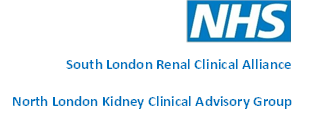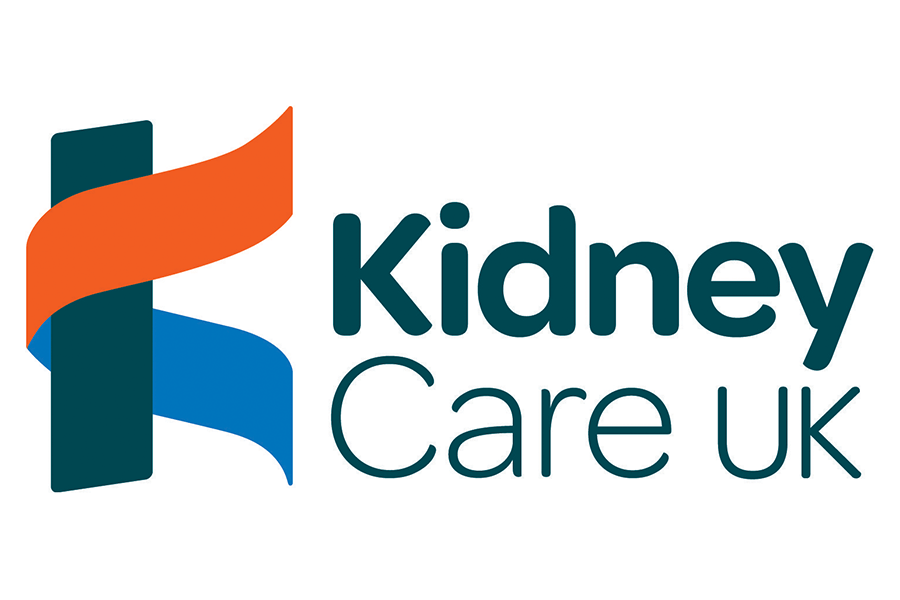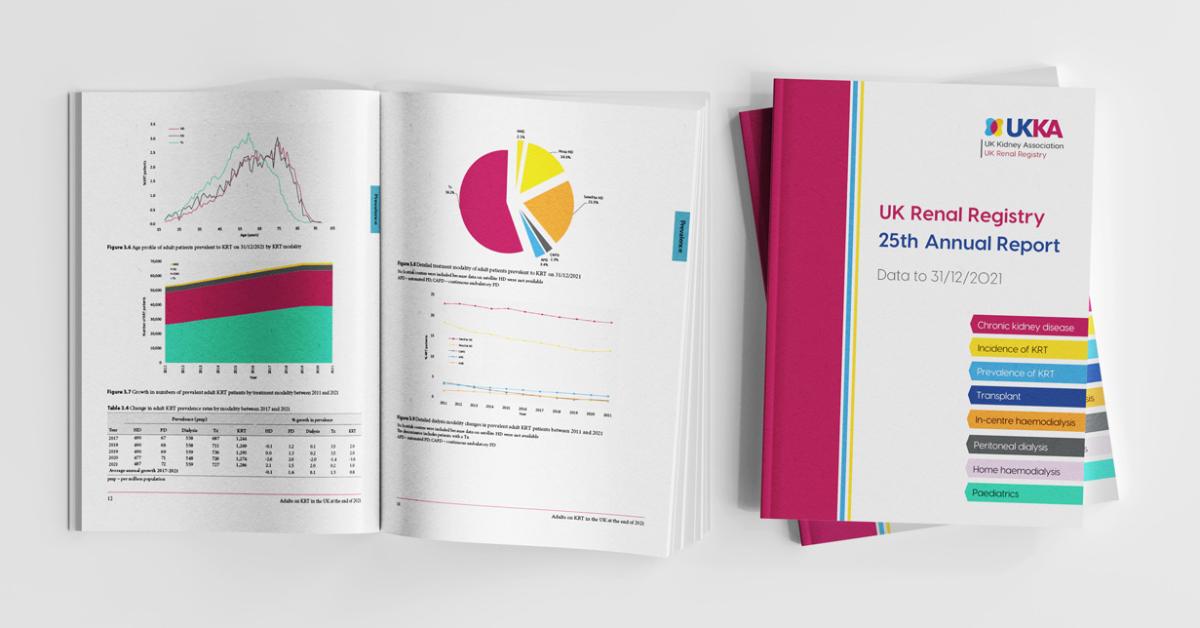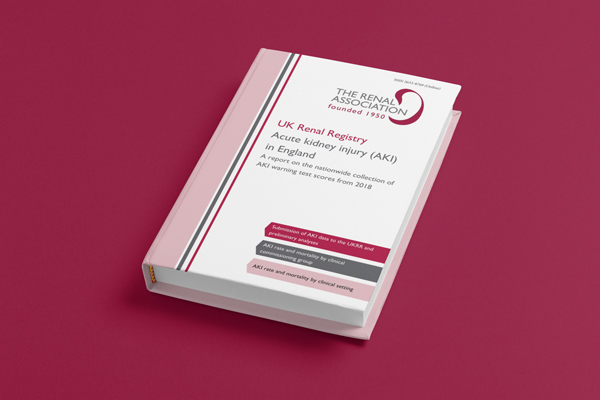Restarting vascular access and transplantation safely
Review of London kidney teams’ response to COVID-19
March-June 2020
Summary of key themes
- Review local and national shielding guidance, and current practice, and establish a consistent approach across London for before and after surgery
- Continue pan-London collaborative work for both vascular access and transplantation to inform and coordinate surgery re-start, and follow through with pathway quality improvements
- Develop opportunities for improving data sharing and analysis, particularly for vascular access waiting times management and improvement plans
- Consider joint approach to surgical training
- Share further information to promote consistency on patient information, advice helpline, counselling and consent
- Make clear pan-London plans to assure the continuation of vascular access and transplant surgery during resurgence or second wave pressures
- Develop plans for more resilient and assured vascular access service including consideration of ring-fenced cold site activity to protect capacity and flow
- Re-start collaborative work on transplant work-up, unifying pathways, clearing backlog and think about 'investigation centres'
- Consider how to optimise swabbing of pre-emptive transplant patients
Next steps
- Review local and national shielding guidance, and current practice, and establish a consistent approach across London for pre and post-surgery
- Develop and continue with vascular access pan-London collaborative working
- Working pan- London, standardise the deceased and living donor kidney transplant work-up pathways e.g. cardiac diagnostic tests
- Develop the concept of mutual aid to accommodate the potential need for local plans to be curtailed again in a resurgence or a second surge.
Summary of discussions
What worked well?
- The Independent Sector provided green COVID-19 pathways, within the national contracts, which accelerated the surgical restart programmes
- Close working between the renal networks and NHSE&I enabled good use of the Independent Sector to restart Vascular Access and Living Donor Kidney Transplant for most units in London
- The pan-London Vascular Access collaboration has empowered clinicians and has been effective to share learning and to manage the phased restart of surgery
- Living donor transplantation was restarted after patients had been surveyed and expressed a strong wish (90%) to restart
- The renal network promoted sharing of shielding and surgical protocols across units
- The concept of mutual aid is now established
- Home delivery of immuno-suppression medication was expanded in many units
Key challenges
- Closing surgical services is relatively easy, however re-opening safely is very difficult
- Assuring equity of access has been a key challenge, particularly in the living donor cohort for complex patients and for vascular access patients already on dialysis
- Re-start plans have needed higher levels of capacity initially to reduce the backlog of activity
- Waiting time data for vascular access is not yet recorded in standard waiting lists (patient treatment list) format in many trusts
- The nature of satellite and in centre dialysis has prevented patients from meeting shielding criteria and has therefore limited their access to surgical low-risk pathways
- Guidance on isolation and shielding was not always clear, leading to issues for patients with sick pay and safety at work
- There has been a significant impact on complex patients and delays in the Deceased and living donor kidney transplant workup pathway e.g. reduced access to clean/green diagnostic facilities
What could we do better?
- Provide more complete pan-London information on surgical capacity, demand and waiting times profiles
- Plan to accommodate high risk patients and assure equity of access for vascular access and living and deceased donor kidney transplant patients
- Develop a plan that enables some continuity of surgical procedures safely if there is a second wave of infection
- Continue to work with all units in London to standardise surgical pathways
- Follow consistent shielding guidance pan-London
- Create better measures to assure equity of access
- Review good practice across London units to share transplant follow-up process e.g. St George’s ensure all transplant recipients are on home delivery from 90 days post-surgery in the absence of complications







